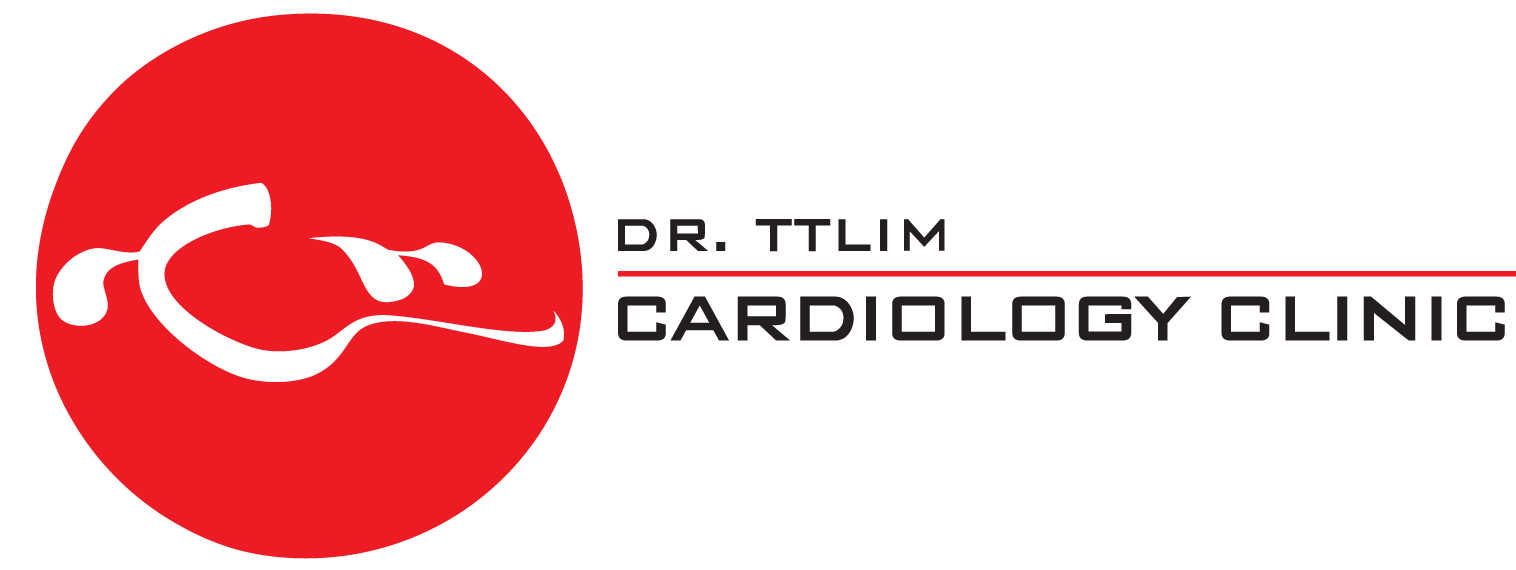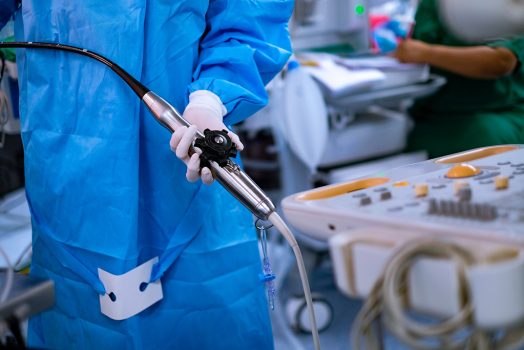What is it?
A transesophageal echocardiogram refers to an echocardiogram test that involves creating images of the heart from within the body rather than outside (like ordinary echocardiograms). Unlike other echocardiogram tests, a transesophageal one is an invasive procedure, involving the insertion of an apparatus down the esophagus to create 2D images of the heart. It is often paired with a Doppler ultrasound or a color Doppler ultrasound, to retrieve in-depth results related to the heart’s functioning, including speed and direction of blood flow.
Although an invasive procedure, a transesophageal echocardiogram usually comes with little to no risks. The most common after effect of this test would include sore throats that may last a few days, due to the apparatus being inserted down the throat. However, in extreme cases, one may experience side effects such as allergic reactions, minor bleeding in the esophagus, blood pressure or heart rhythm issues as well as aspiration pneumonia. But these effects rarely occur, and a transesophageal echocardiogram can be done in a safe and conducive way.
How is it done?
A transesophageal echocardiogram involves the patient having to undergo mild sedation, upon which a long endoscope is carefully inserted into the esophagus to guide the transducer through. Once in position, the transducer emits ultrasound waves which, upon hitting the heart, echo back. These echoes are then noted by the machine and translated into 2D images of the heart, by the computer.
Since it is an invasive procedure, your doctor will have you follow a few steps in order to prepare for the transesophageal echocardiogram as well as after. Some steps can include:
- Avoid eating or drinking at least 6 hours before the test (or as instructed)
- Follow the doctor’s instruction on if and when you can take daily medications, if any
- Avoid smoking and drinking in the days leading up to the test
After the procedure is completed successfully, you will be allowed to return to daily activities (unless stated otherwise). Upon analysis of your results, your doctor will suggest treatments options, if need be, during the follow-up appointment.
Why is it done?
A transesophageal echocardiogram often comes in handy when a detailed image of the heart is needed, for in-depth analysis and diagnosis. Undergoing a transesophageal echocardiogram makes it easier for the doctor to look out for minor issues or discrepancies. Some issues that can be identified using a transesophageal echocardiogram include:
- Aortic aneurysm
- Blood clots
- Cardiac tumors
- Congenital heart disease
- Valve disease
- Infective endocarditis
- Pericardial disease





